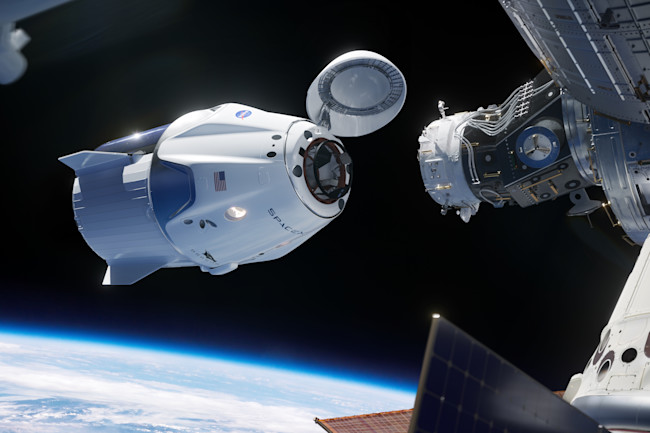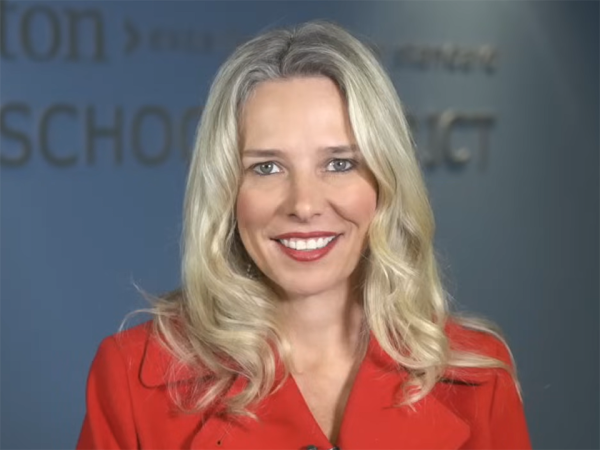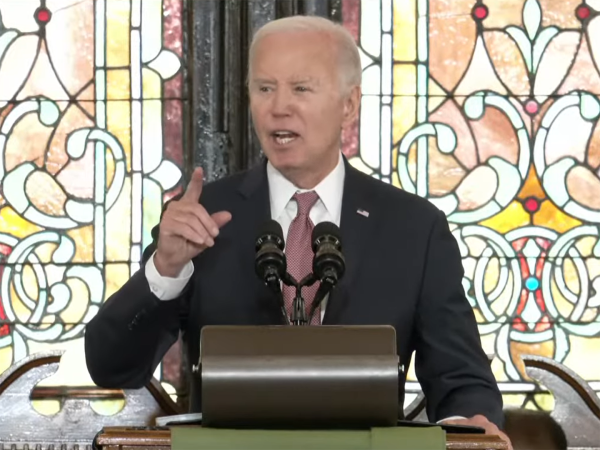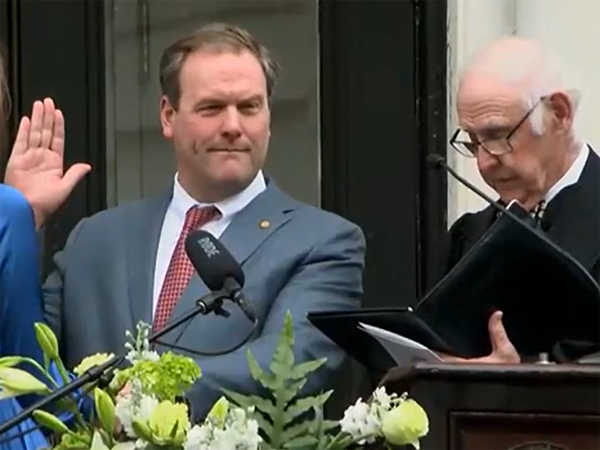SpaceX Officially Begins Space Taxi for NASA
On Sunday, SpaceX launched the Falcon 9 from NASA’s Pad 39 in Florida at 7:27 p.m. This historic launch pad is the same one that the Apollo 11 astronauts launched to the moon from and also hosted the first and last space shuttles launches. The shiny white rocket carried four astronauts in a Crew Dragon capsule to orbit and then returned back to Earth in the Atlantic Ocean. SpaceX’s Crew-1 Dragon, Resilliance, is bound to the International Space Station but instead of delivering the regular supplies, it delivered three NASA astronauts, Mike Hopkins, Victor Glover, Shannon Walker and Japanese astronaut Soichi Noguchi.

Before the launch, the astronauts pulled up in style, riding in the white Tesla Model X that was decked out in the old NASA “worm” logo. After arriving, the astronauts took a 265 foot elevator from the pad to get into the capsule. Next, the crew performed a series of system checkouts and began to fill the rocket with supercooled liquid oxygen and kerosene 45 minutes before liftoff. Once they lifted off, it took Crew-1 about 27 hours to catch up with the ISS. During this time, the astronauts could do whatever they wanted as the vehicle is fully autonomous, meaning that it flies without any human intervention. The vehicle does have a complete control panel that the astronauts can use if necessary though.
The few concerns over the weather and rough seas at the recovery zone set the launch back one day. Other than this, the launch went very smooth, as Hopkins radioed from orbit, “Well done, that was one heck of a ride. Making history is definitely hard and you guys all made it look easy. Congratulations to everyone. Resilience is in orbit.” The four astronauts will join three others that have been there since October: Kate Rubins and two Russian cosmonauts Sergey Kud-Serchkov and Sergey Ryzhikov.

This launch definitely made history as it set many firsts. This was the first-long duration crew mission to blast off from the space coast. It was also the first operational commercial crew mission to launch as part of NASA’s Commercial Crew Program. NASA also chose another private industry, Boeing, along with SpaceX to be its future space taxi providers. These two companies have contracts worth $6.8 billion to provide reliable spacecrafts that can transport astronauts. SpaceX’s Crew Dragon and Boeing’s CST-100 Starliner will be NASA’s primary means of transportation. SpaceX plans to do another manned launch in the Spring of 2021 with four more astronauts.












